Hello!
So it’s less than a week till my first commercial title launches and I figured I’d write something (Since pretty much everything is thankfully in place ahead of schedule for the project).
As some of you might have read in previous articles, my background wasn’t programming - The origins for my time in games development started around ten years ago, via the content creation tools in Halo 3. Whilst I had computers present for most of my upbringing thanks to the tech savvy nature of my dad, I didn’t have access to machines with the capability to run 3D modding tools on the PC (E.g. Hammer, Unreal), so this console based map editing tool was perfect for development.
Forge was a tool developed to allow players to build mods for the traditional maps of the game, essentially a sandbox environment. Whilst some players used these tools to fling tanks at one another or escape the maps, others used it as a creative outlet. For anyone who hasn’t seen the capability of Forge, the community created feats of utter wonder - Huge monoliths in the desert, rollercoasters arching through the sky and a plethora of truly novel game mechanics in at a time where shooters were shifting their focus to a more their realistic, constrained structure (that is finally today beginning to wear thin on audiences).
Players took the tools Bungie provided and stretched them to their limits. Forgers used methods of painstakingly clipping blocks together using timers, since you weren’t able to phase objects through one another. It created unique collaborative spaces, where creators could develop in the same environment, testing the boundaries and constraints of their levels in realtime, something that is still absent from conventional games development even today. They provided instantly accessible testing bases of thousands of people via Xbox Live and in turn communities sprung up, such as my stomping grounds, ForgeHub.
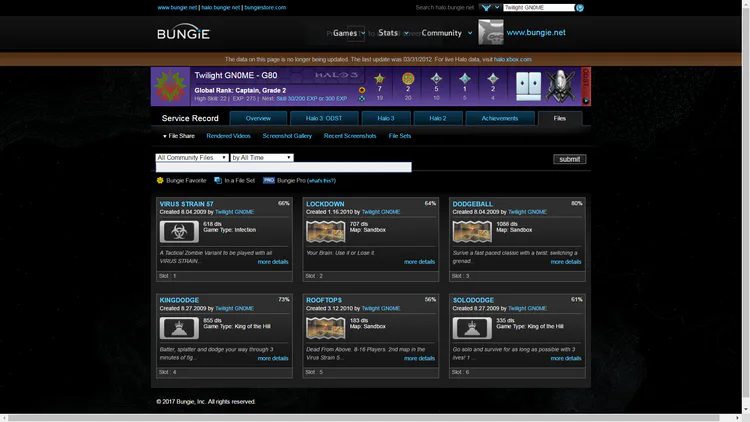
I found my niche in the realm of the infection mode of the game (Zombies), wanting something more tactical and balanced. I as an angsty teen developing my 200 page marine zombie fiction/comicbook (Of course), I lacked the skills to explore those ideas beyond visuals and writing. Despite this, I was able to experiment and express my aspirations for the project through level design in Forge.
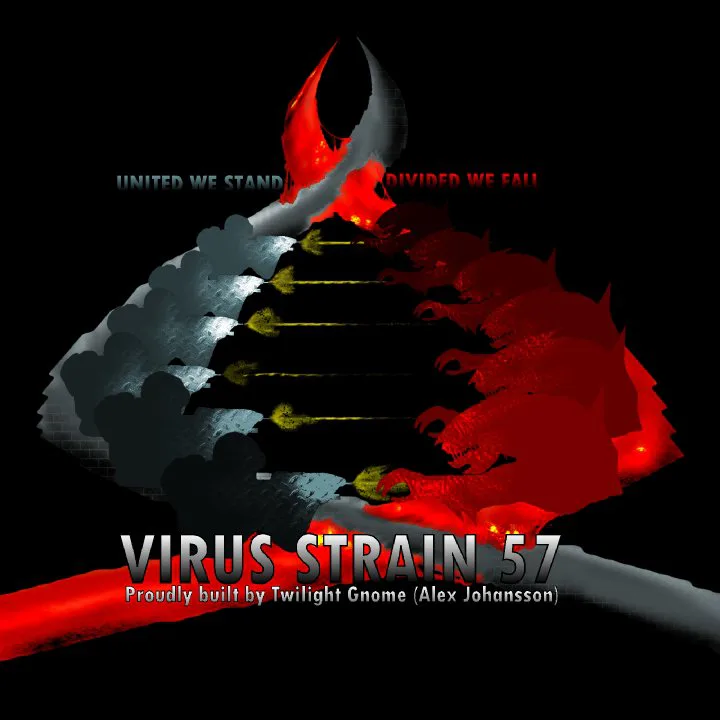
Most maps/modes developed within the game for Infection by other Forgers was usually unbalanced (E.g. Humans have upper hand until they run out of ammo), leading to quite repetive and predictable matches. My solution to this was to use timers within levels to shift the balance of the map. This for the humans involved creating bridges and stairwells to provide access to weapons or higher ground, for the zombies it involved different access routes and cover to block the line of sight of humans. This manifested in the production of 4 maps:
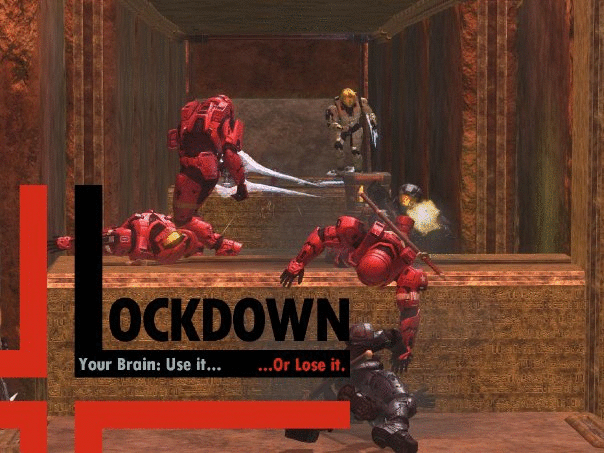
Lockdown - Humans have to defend a meeting of 4 colour coded tunnels. Humans could communicate where threats were coming from (2 Enemies in blue!). Zombies could co-ordinate attacks by spying on humans through a hole in the roof.
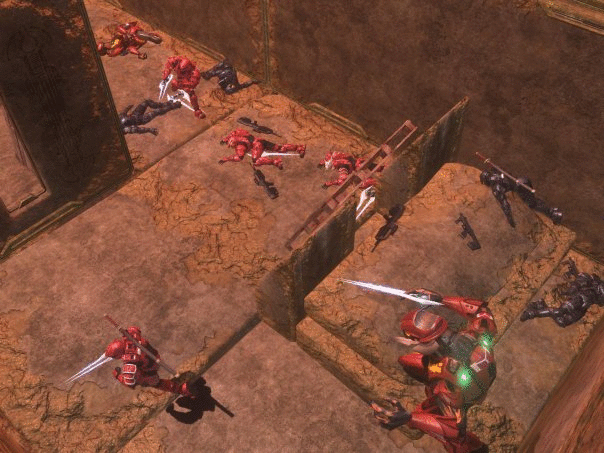
Lone Depot - A warehouse style map where the players are forced to choose between a hard to defend downstairs munitions floor and a spacious but ammo-sparse upstairs. Gameplay focused around human ammo runs and zombie ambushes.

Black Chapel - A map designed to look like a church but one that over time breaks the conventions of horror films, forcing the human players to improvise.
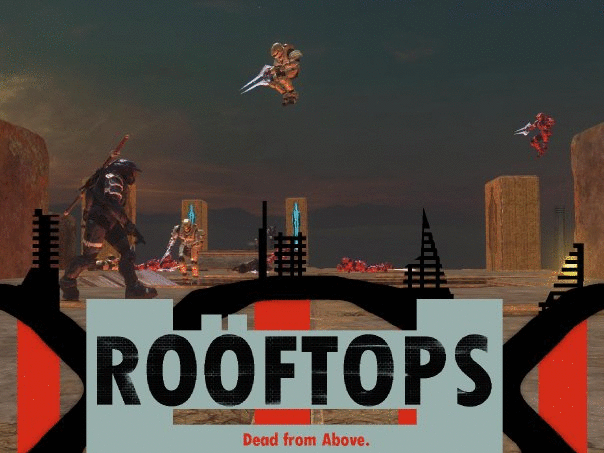
Rooftops - A multi storey building with a back and forth race for ownership of the high ground. Humans defend the middle building whilst zombies leap in from the surrounding towers.
I really wish I’d taken the time to get a video capture card to gather some footage of gameplay, this was all I was able to get via a video by someone else! (Cringe incoming)
Each threw their own spin on the mechanics and in turn found a small but captivated audience. Through Bungie’s distribution tools, I was able to express my enthusiasm for design and in turn hone my skills in an environment free from commercial expectations.
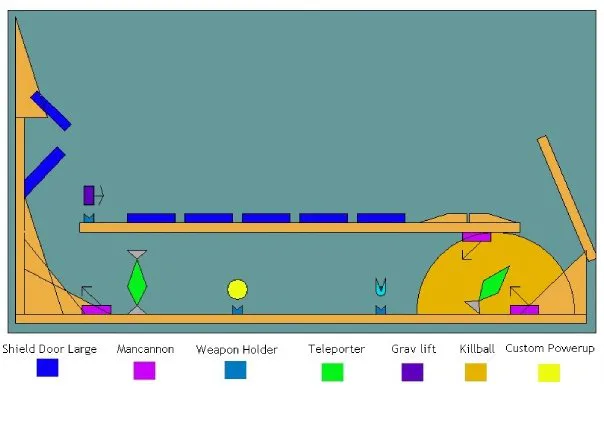
Forge allowed me to go through the games development process: Build a map, post info, gather testers, run matches, record data, review footage and collect feedback, revise gameplay, repeat. It taught me skills I still use today - Producing promotional content, engaging with testers and a community, operating forum posts and distributing game content to a deadline.

Forge gave me tools to creatively express myself, bridging that critical time where I was enthused about games development, but lacked the skills to build my own projects to life. Looking through my old albums of Forge screenshots, my activity with the tool stops precisely 2 weeks before I picked up Stencyl, the tool I use today to develop my games with. Forge kept that fascination in design burning right up till when I started learning to program.
I remember re-constructing one of the levels later in my career in Unreal with fancy textures, creepy lighting and door mechanisms, but found myself with no easy method of gathering testers so the project sat empty as a showpiece. Tools like Forge allow developers to cut past not only the faff of building a whole game from the ground up, but also the hassle of acquiring a testing base. It allows the focus to rest on design and experimentation rather than getting bogged down in the back end.
Looking back over the stuff I produced, I’m amazed at the positive impact that this had in teaching me the fundamentals of games development.
So where am I going with this? I turn my attention to Minecraft and the many other user creator content communities that are filling the web. These communities are using these tools in a similar manner that I did, exploring their creativity using limited tools of expression in a limitless number of ways. If you have a sibling, child or friend who is using these tools to create, support them as you would if they were painting or learning and instrument. A student I had a couple of years back used his time in Minecraft to explore the realm of architecture and proceeded to use his designs and skills learnt as his entry pieces to University. We also find ourselves in a time where programming has never been easier to get into thanks to tools such as Scratch drastically lowering the mininum age for entry into games development, so once again, people are able to creatively express themselves within these tools and distribute their games to thousands of people.
Do not underestimate or belittle creators based on the tools they have available - I have been often critisised for not “Unifying” and choosing a more conventional tool for developing my games with. Sometimes the content produced within limited constraints can be the most novel in nature.
I would also like to personally thank Bungie for providing these tools as they not only inspired me with their games whilst growing up, but then empowered me via Forge to realise and develop my own.
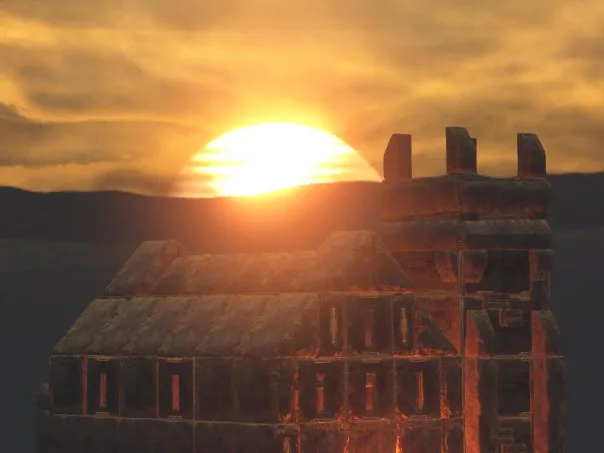
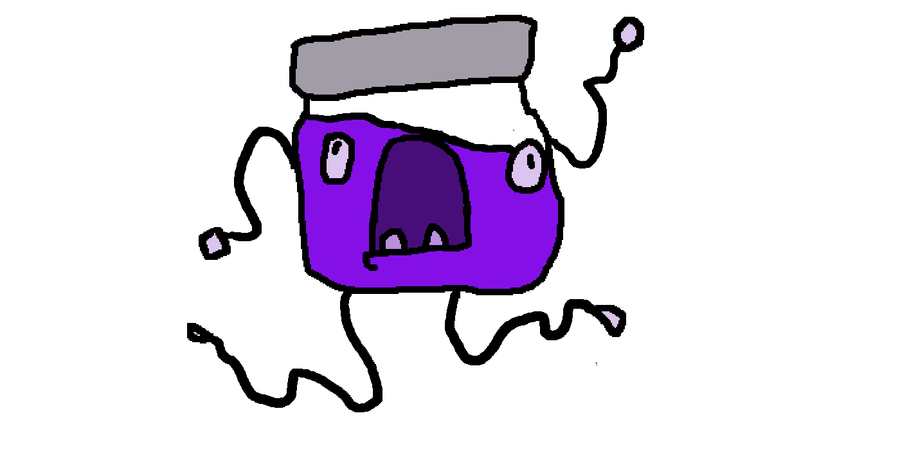
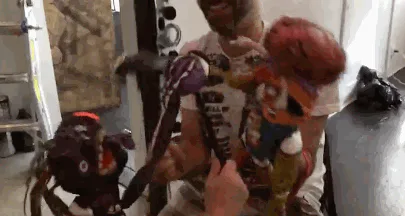

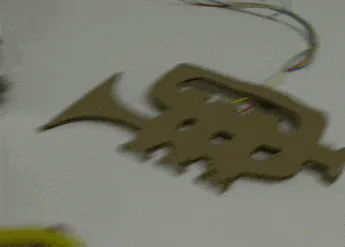


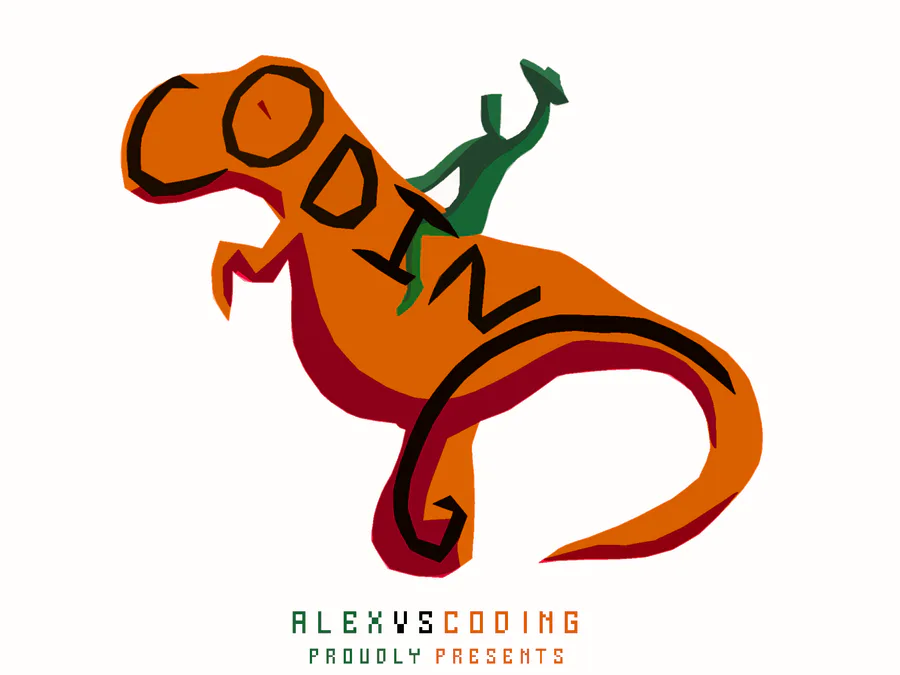
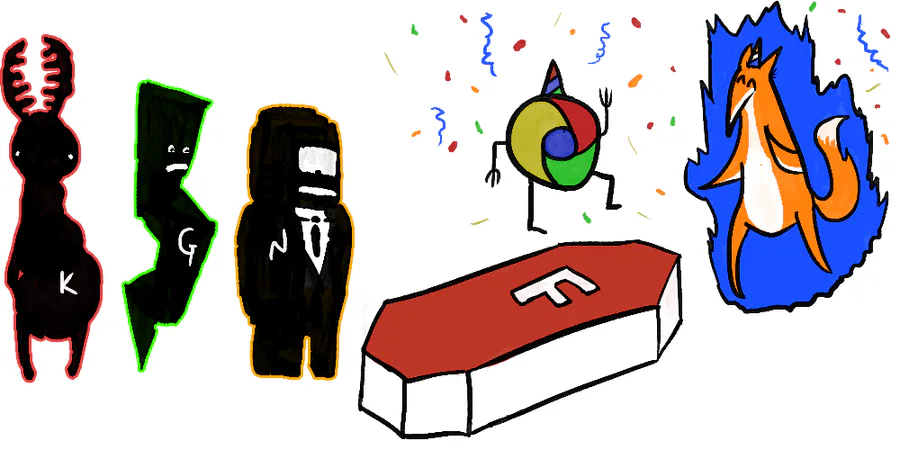


0 comments